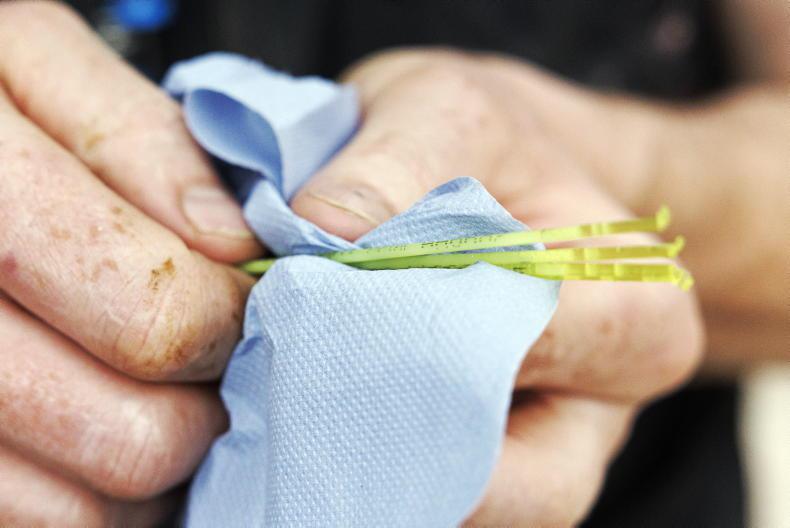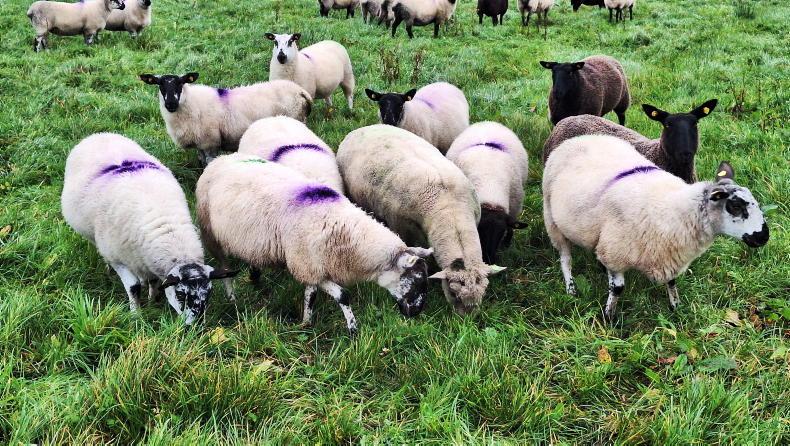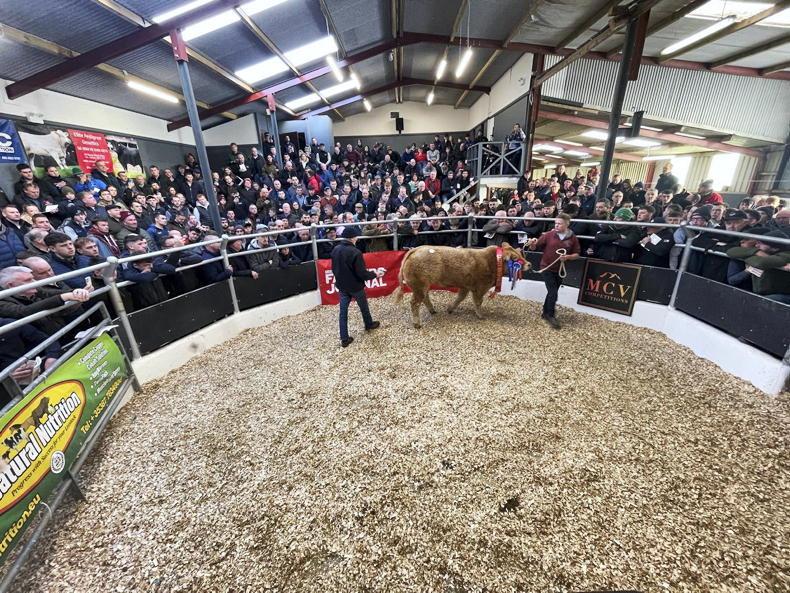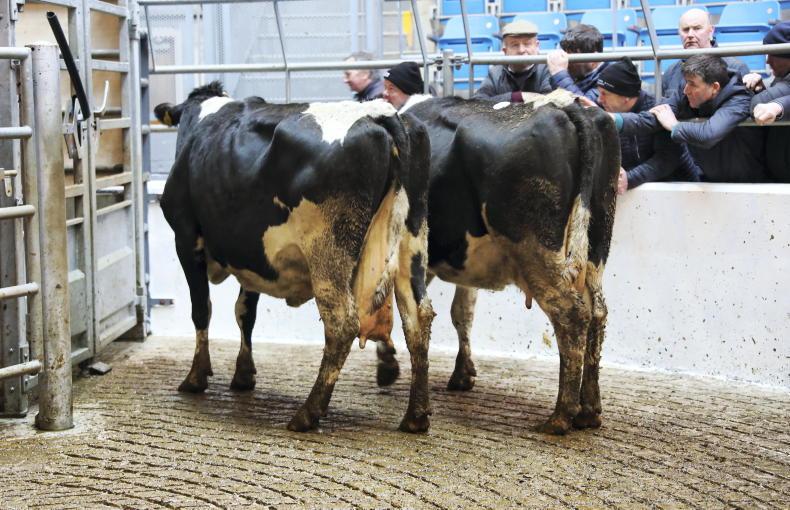Jamie Leslie is a fifth-generation farmer, farming just off the north coast of Scotland on Shetland Island. Farming on one of the most northerly farms in the United Kingdom means you have to cut your cloth to suit your measure. Harsh weather during the winter months means a cow has to work hard to survive on the Leslie farm.
Jamie Leslie has honed in on fat as a key driver of profitability and sustainability on his farm.
“Breeding for fat has been a major game-changer for us and means we can keep our cows a lot cheaper over the winter months. We now place an emphasis on keeping cows that will gain body condition during the summer months, while sucking their calf,” Jamie said.
The outwintered herd is run alongside a 900-ewe commercial sheep flock, and a leader-follower grazing system used, with the cattle used to graze off pasture behind ewes and lambs all summer
“Our cows must be able to thrive by grazing grass for nine months of the year,” said Jamie.
“By selecting for cows that easily put on condition in our system, we can then use that energy reserve later in the season, when grass quality is low, to reduce our costs.”
Jamie was very clear in that he didn’t want a superstar cow in a herd of losers, something other farmers put too much time into chasing. His selection process is working with calves weaned at 300kg at 205 days (1.3kg/day). Sixty six percent of cattle finished off grass by October. The rest inside to go after new year. Calves averaged 312kg carcase weight and average sale age is 19 months.
Sheep are number one on the farm, with the suckler cows grazing behind and increasing sward quality, leaving lambs that are 2kg heavier at weanling time.
He said a one-point drop in body condition score (BCS) from weaning to a month pre-calving saves him 400kg DM of feed per cow – something which has changed what cow type he now selects for and how they are managed.
“We aim for cows to have a BCS of at least 4.0 at weaning and we averaged 4.3 BCS last year,” said Jamie.
“We want cows who produce a nice suckled calf, while getting nicely fat. This then means we can winter them cheaply on closed up grass from the autumn time.”
Taking a look at his costs for the winter of 2023/2024, he said his cost of production – excluding a rent equivalent cost for owned land – was £1,017 (€1,225) for a 600kg finished steer. This is based on a suckler cow cost of £645 (€777), a cost of £279 (€336) for taking the weaned calf to turnout, and £93 (€112) for keeping the calf from a year-old in March until October.

Fat benefits
Robert Gilchrist, CEO of the Aberdeen Angus Cattle Society, who joined Jamie for his presentation at the conference, said his focus on breeding for fat could easily be mirrored by other farmers – and deliver multiple benefits.
“The industry’s previous move towards breeding leaner cattle had led to unintended consequences, including higher finishing costs, increased cow costs due to higher feed requirements, and reduced fertility,” Gilchrist said.
“Luckily, the perils of over selection for lean were recognised in the mid-2010s and fatter animals were moved to sit on the right-hand side of the Estimated Breeding Values (EBV) grid. We are now seeing a return to native breeds, as farmers see the benefits of genetics that support higher intramuscular and back fat – namely lower finishing costs, less reliance on concentrate feeds, and a lower age at first calving. While margins are tight, sustainable models of suckler beef production are more important than ever.
“This can be achieved by choosing the right animal for your system and for most beef producers, selecting genetics that naturally offer higher fat, will align with sustainability and profitability goals.”












SHARING OPTIONS